Self-Publishing Made Simple – Getting Started
Have you been wanting to indie publish your work, but you don’t know where to begin? Or does the prospective task seem so daunting that it paralyzes you into inaction? Is this even something you can do for yourself, or will you need a “village” to help you along the path to publication?
Let’s think a moment about the difference between a self-published and an independently published author. Anyone can self-publish his work. But an indie author is more likely to be a professional career writer who understands what makes a polished book and what the marketing requirements are to go along with it. He’s not a one-book wonder but is looking to make a profit. With this goal in mind, he treats his career as a small business. But whichever term you use, these same steps apply. I will use them interchangeably in this multi-post series.
We’ll discuss setting up your own imprint, buying and assigning ISBNs, preparing your manuscript, creating front and back material, and options for ebook and print formats.
Getting Started as an Indie Publisher
First let’s look at why you’d like to indie publish your novel. Do you want to become a hybrid author by reissuing your backlist titles or by publishing new works in between your traditionally-contracted books? Perhaps you have a novel that doesn’t fit genre guidelines or a personal project you would prefer to self-publish. Or maybe you have an idea for a nonfiction book that lends itself to indie publishing.
Why should you self-publish your work?
PROs:
- You have a backlist and the rights reverted
- You want to publish work in between your traditionally-published novels
- You have a book that doesn’t fit into a particular genre category
- You have a nonfiction project that you want to publish on your own
- You want to direct the publishing process, in terms of:
- Quality control
- Pricing and discounts
- Input on cover and interior design
- Higher royalties
- Rights ownership
- Publication schedule
CONs:
- Learning curve
- Time-consuming tasks
- Production costs
- Back cover copy, book descriptions, metatags are your responsibility
- Author/Series Branding is essential
- Loss of prestige
- Difficulty getting reviews
- Limited booksigning and speaker opportunities
- Tougher standards to join professional writers organizations
- Bookstores and Libraries may not stock your work
- Pressure to Produce
Coming Next – Manuscript Preparation
Self-Publishing Made Simple - Getting Started #pubtip #indiepublishing Share on XWhat do you see as the advantages and disadvantages of independent publishing?
8 thoughts on “Self-Publishing Made Simple – Part 1”
Comments are closed.





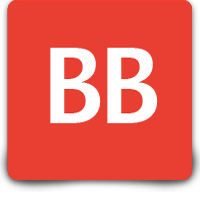




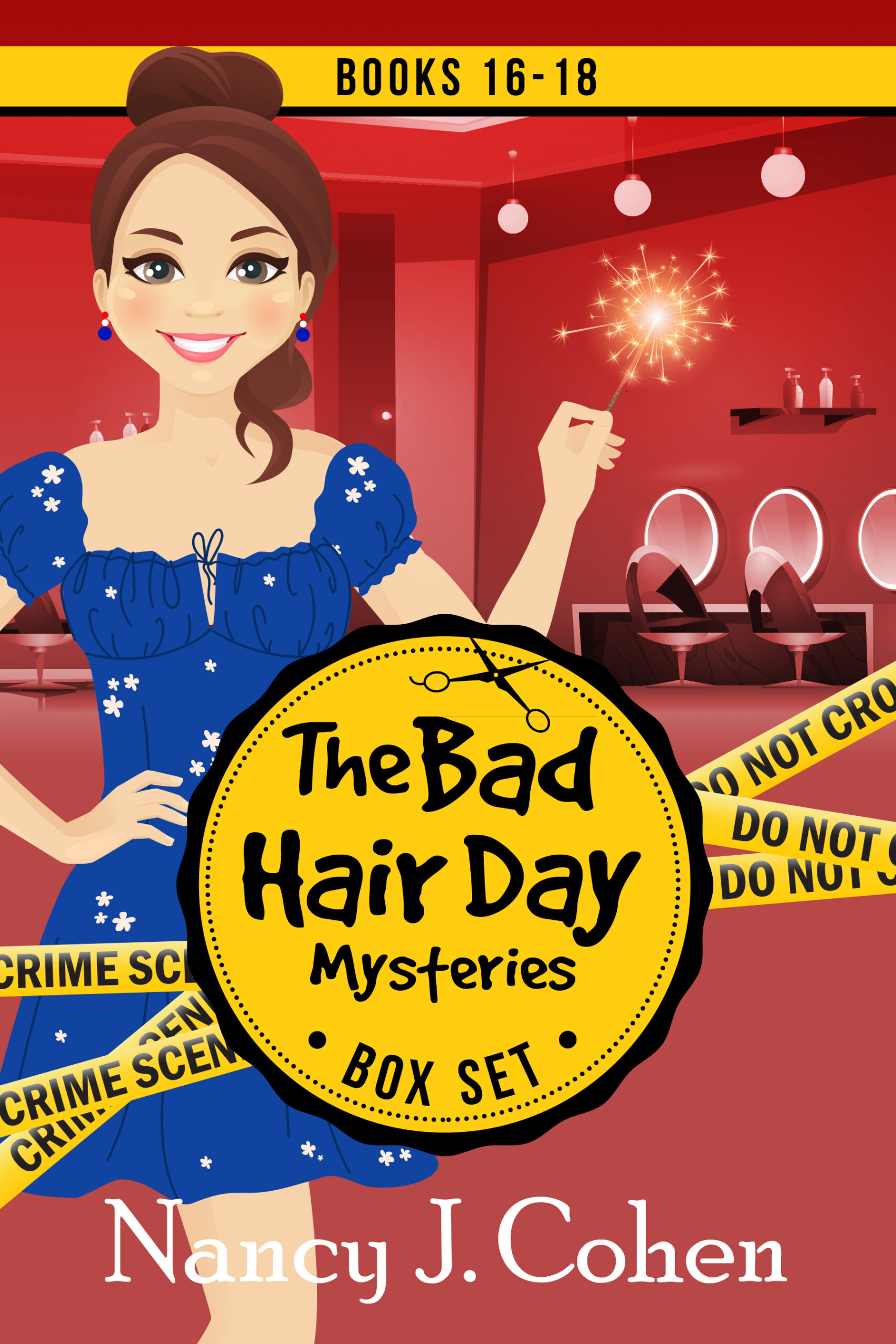







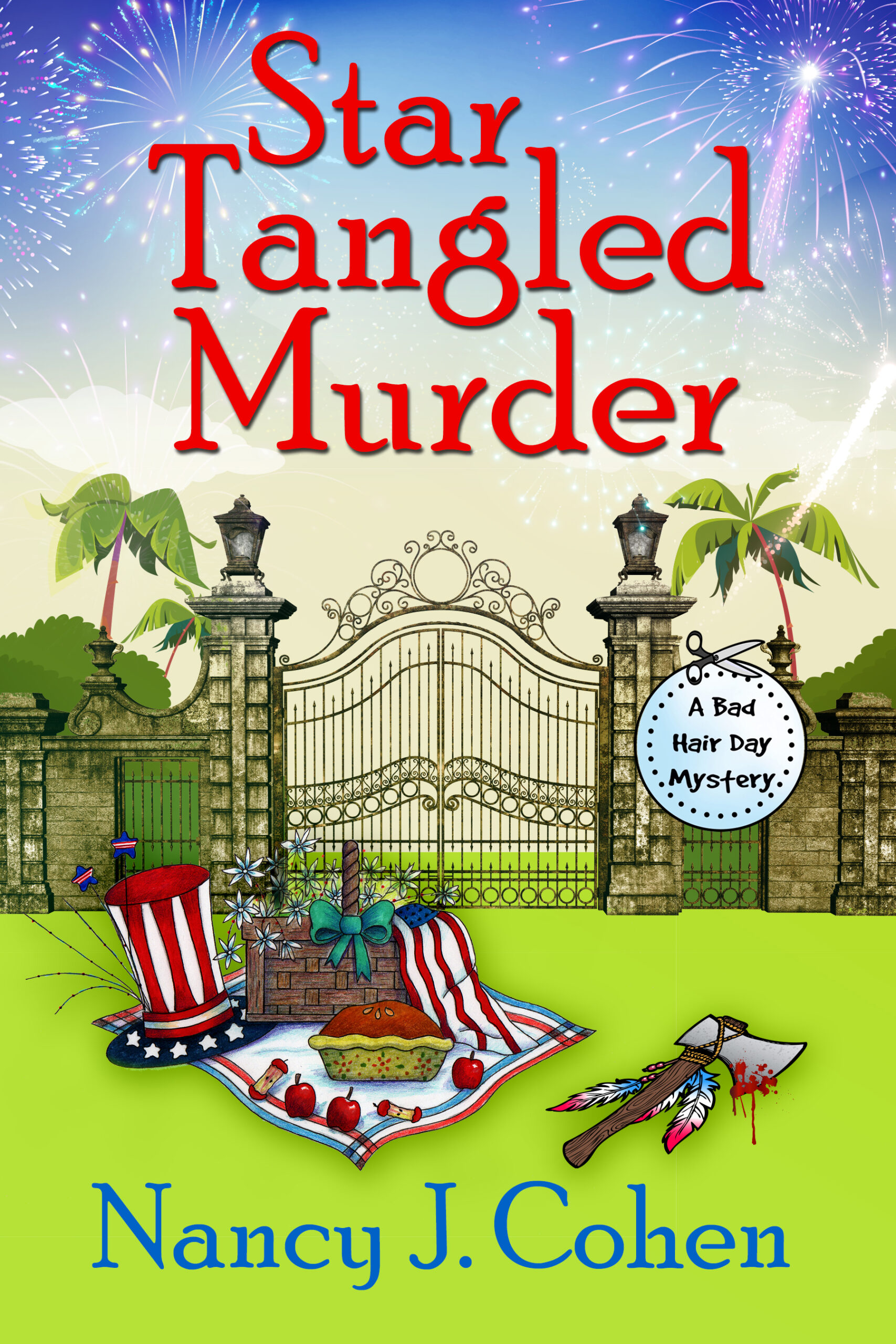

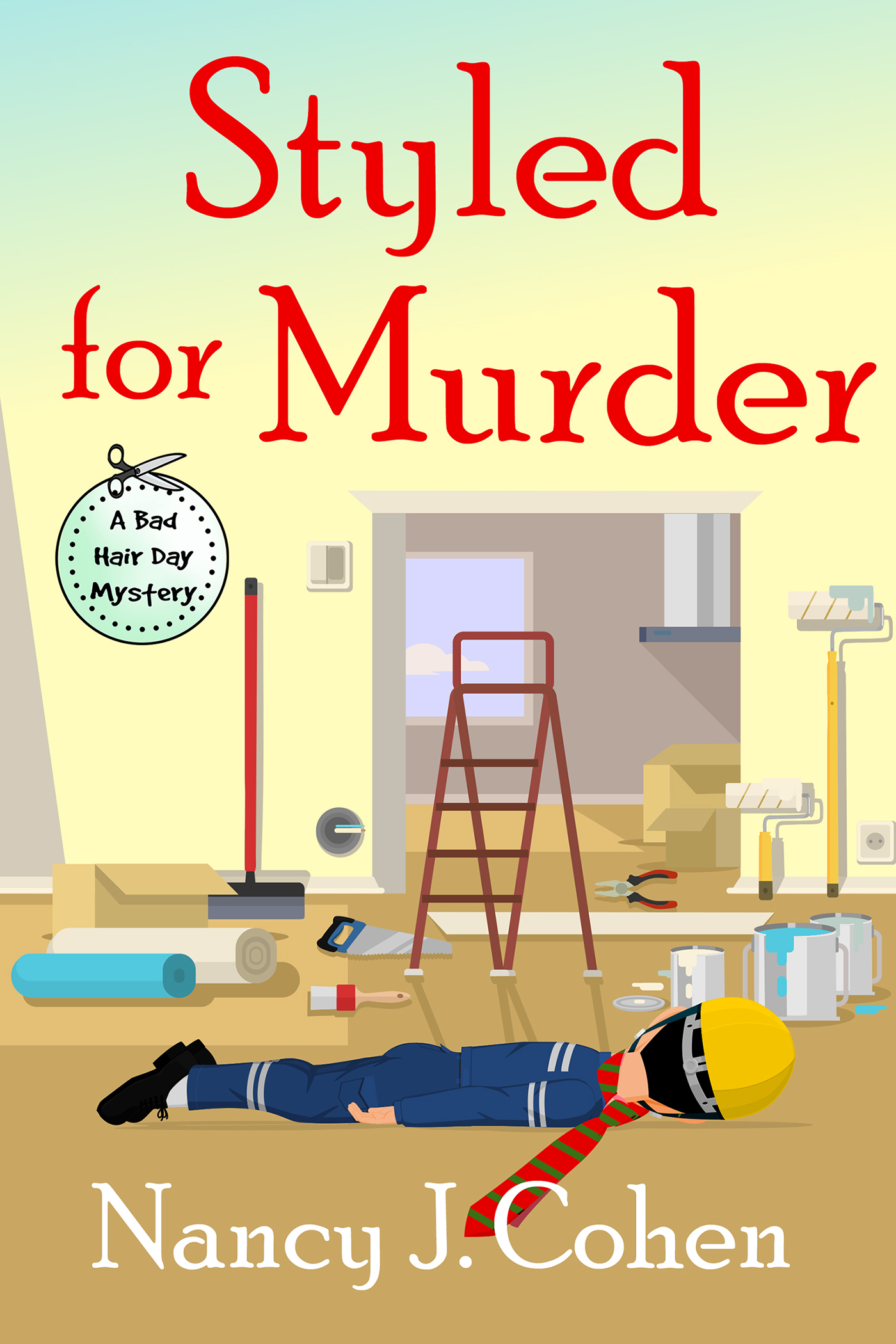
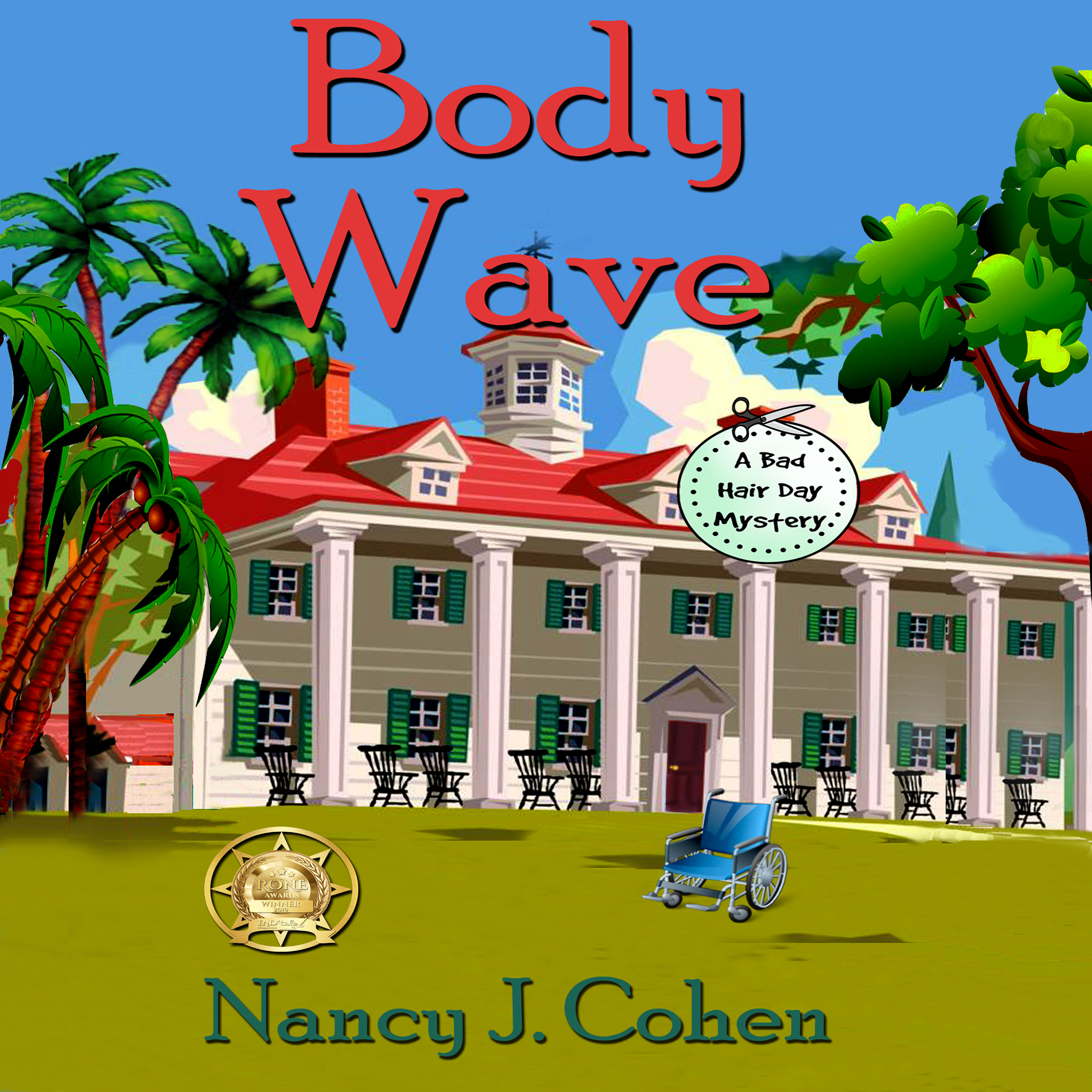


Great intro article Nancy, thank you! I’ve entertained the idea of self-publishing but it seems rather daunting to me. With second and third novels in the wings, a story collection and other works-in-progress, it’s attractive to me as it would allow me to control the brand and my “vision.”
However, my publisher has been wonderful, showing me the way and boy, was I a green newbie.
So do I leave the safety of my growing publisher and take that great leap of faith to strike out on my own? Or do I stay the “safe” course and settle for someone else controlling my royalty structure.
Since I’ve gone back to work full time, I expect to have the financial wherewithal to front the self-published route. I do believe I’ll just follow along on your blog as I settle in to my new job and finish my WIP’s.
Thanks again…
For a new author, I’d advise going with a publisher. You get the credentials and prestige that comes along with a small or trad press backing your efforts. Later on, you can branch out into indie works, but meanwhile you can benefit from the experience you’ll get being with a supportive publisher. You can always go hybrid at some point if you are more prolific than your publishing schedule allows, or if you have a project that doesn’t fit their line.
Thank you, Nancy. Very good summary.
I appreciate your comment, Elaine! More posts on this topic are coming soon.
Thank you for your generosity with your vast knowledge in the industry. I always learn from your posts and workshops.
Thanks for stopping by, Catalina!
I’m trying to figure out what to do after my publisher reverts my rights. Thank you for this series.
Karen, once you have your rights reverted, you can reissue these titles yourself. Follow the steps in this series. I always make sure to say it’s a reissue in my promo posts and mention the original publisher on the copyright page. Since I do a new round of editing, I call these my Authors Editions. Your other choice would be to find a new publisher but it depends on what books you’ll have available and how much control you want.